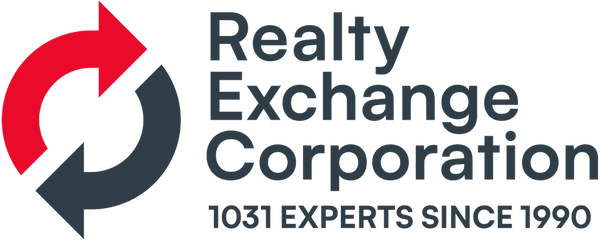A 1031 Exchange can be an excellent way to defer taxes on selling an investment or business property. Still, it involves many requirements and rules an investor should know beforehand. A common question investors have when considering a 1031 Exchange is whether it is possible to convert an investment property to another use, such as a primary residence, without running afoul of the 1031 Exchange regulations. The answer is YES.
The ability to convert an investment property after a 1031 Exchange to another use is contingent on the “qualified use” or “qualified purpose requirement” of a 1031 Exchange. IRS regulations require that real property relinquished (the property you sell) or received (the property you then purchase) in a 1031 Exchange must be “…held either for productive use in a trade or business or for investment.” This includes a period the property must be held for that purpose, a length not defined in the regulations. While this “held for” period may be up for debate among tax professionals, the IRS has provided guidance on holding periods for a replacement property being converted to personal use.
The IRS provides “Safe Harbor” guidance where required timelines are clear. In Revenue Procedure 2008-16, an IRS Safe Harbor Rule states that if an investor holds a replacement property for at least two years after the exchange is complete, rent the property at fair market value for a minimum of two weeks per year, and limits personal use to two weeks or 10% of the days rented per year after the 1031 Exchange the IRS will accept the “held for investment” requirement as being met. A taxpayer’s future intent for an investment may change so long as it meets the initial intent requirements specified in the regulations. The taxpayer must first use a replacement property as an investment (as described in the IRS regulations) but may change that purpose later.
The two-year safe harbor rule is not a guarantee that the IRS will not audit your exchange. However, it does provide a level of safety for taxpayers who may want to convert their replacement property to a different use in the future.
To ensure IRS regulation compliance, keep detailed records of all transactions related to your 1031 Exchange, including the sale and purchase of all properties within the exchange and the property usage history. Your Qualified Intermediary is not a tax advisor and thus cannot give tax advice. Work closely with your tax advisor to ensure regulatory compliance and reduce the likelihood of IRS scrutiny on your transactions.
In conclusion, the two-year safe harbor rule is an essential guide for what the IRS seeks to meet the 1031 exchange “held for” requirement. By holding the replacement property for at least two years as an investment, limiting personal use and two weeks of rental income per year, taxpayers can safely meet the qualified use requirement from the IRS and may be less likely to face scrutiny. However, it’s important to keep in mind the specific requirements and limitations of the rule and to work with a qualified professional to ensure compliance with all regulations.
